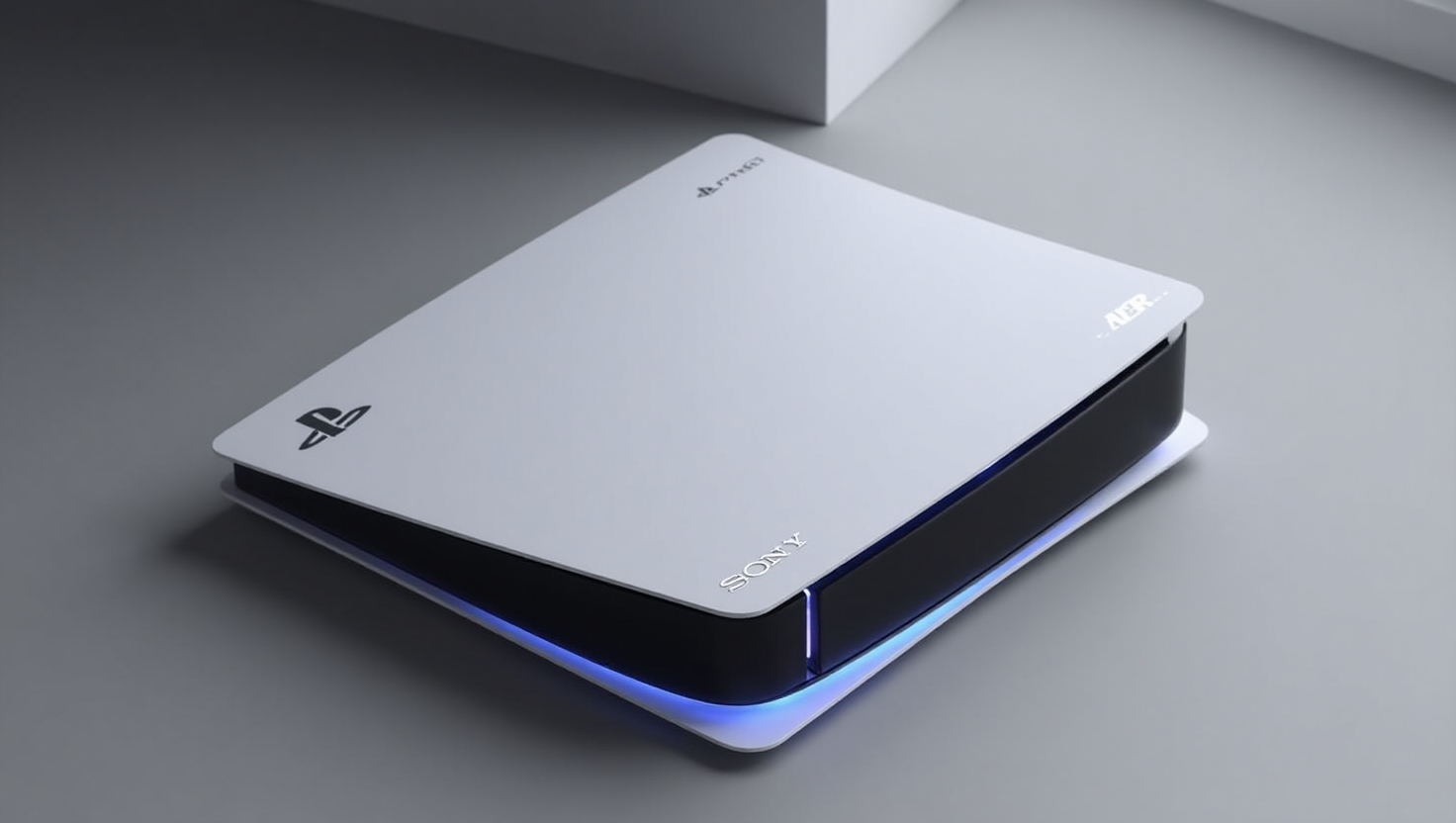Sony PS5 Storage Reduction: What It Means for Gamers and the Console Market
Introduction
Sony’s recent decision to reduce the storage capacity of its standard slim PlayStation 5 (PS5) model has stirred significant discussions within the gaming community. The reduction from 1TB to 825GB, while maintaining a price tag of $499.99, is a notable move in the competitive console market. This update follows a similar change previously implemented in the European Union, where it encountered both praise and criticism. Understanding the motivations and impacts of such a decision is crucial for gamers and industry observers alike (source).
Understanding the Sony PS5 Storage Reduction
The transition of the PS5’s storage capacity from 1TB to 825GB introduces a critical point of analysis regarding value versus cost. Despite the unchanged price, this strategic alteration raises questions about what it offers consumers. Sony’s decision seems counterintuitive at first glance; however, the company might be weighing other factors beyond storage. For example, aesthetic changes in the hardware design might play a role in maintaining consumer interest. Maintaining the price at $499.99, Sony appears to be banking on brand loyalty and the console’s overall appeal to sustain its market position (source).
Gaming Implications of Reduced Storage
The reduction in storage capacity directly impacts the gaming experience, influencing how gamers manage their digital libraries. As game files continually grow in size, averaging over 100GB for many modern titles, the reduced space may hasten the need for gamers to juggle between installations. An analogy here could be likened to moving from a spacious walk-in closet to a more compact one; the need for efficient space management becomes immediately apparent.
Despite these challenges, gamers often mitigate storage limitations by utilizing external drives or cloud storage solutions. However, this might not address all underlying concerns, particularly for those seeking seamless access to a wide array of games without resorting to constant deletion and re-download cycles. User experience and storage efficiency thus stand at the forefront of PS5 storage concerns.
Consumer Options: Evaluating PS5 Storage Concerns
Sony provides gamers with multiple PS5 models to choose from, addressing various storage needs:
– Original 1TB PS5: Offers extra storage but at a higher price point of $549.99, suitable for users prioritizing capacity over modern aesthetics.
– New 825GB Slim Model: Balances aesthetic innovation with standard performance, holding steady at $499.99.
– 2TB PS5 Pro: Tailored for high-demand users at $749.99, granting extensive storage for maximal digital content management (source).
Each option reflects a trade-off between storage capacity, pricing, and technological novelty, enabling consumers to select based on personal preference and budget constraints.
Console Market Strategies: Sony’s Decision Examined
Sony’s console market strategies reveal their vested interest in competitive differentiation. By offering a reduced storage model, Sony potentially aims to optimize production costs and refine design elements that enhance the overall user experience. This strategy allows them to stay competitive against rivals like Microsoft’s Xbox series, which similarly employs varied storage models to capture diverse segments of the gaming market.
Moreover, such a move positions Sony to respond swiftly to digital distribution trends, where cloud gaming could increasingly diminish reliance on local storage. By aligning current strategies with forecasts of evolving gaming habits, Sony is possibly hedging bets on future console market strategies that prioritize flexibility over hardware bloat.
Conclusion: Impact on the User Experience
In conclusion, Sony’s storage reduction for the PS5 may initially appear to present consumers with less, but a deeper analysis reveals strategic foresight aligned with broader industry trends. As the technological landscape shifts towards more intricate systems of game distribution, the implications of storage will continue to evolve. Gamers are invited to consider these changes through the lens of personal gaming habits and platform loyalty.
For those invested in the ongoing dialogue about PlayStation updates, sharing insights and experiences becomes vital as user experience continues to drive product innovation and adaptation. What are your thoughts on Sony’s storage adjustments, and how do you foresee these impacting future console iterations?
Feel free to share your perspectives in the comments below or join the discussion on our social platforms!

